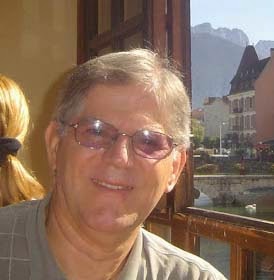 by Madeleine Kando
by Madeleine Kando
An article in the New York Times about present day nudism, got me thinking about why it is that wearing clothes is such a natural part of our existence. Right now it is 90 degrees here in sweaty Boston, and as I am sitting here writing about being naked, my shirt is clinging to my body. Why? Why don’t I just type away naked? I am not a prude, I have nothing against naked bodies, including my own. Wearing clothes is just something I do, like breathing or eating.
It hasn‘t always been like that, you know. In many cultures throughout history, the norm was to go about naked. The Greeks, the Egyptians, they didn’t see the point of covering their bodies. Why create a fertile habitat for lice and other unpleasant parasites? Even some present day primitive tribes do not like covering themselves unnecessarily. Who can blame them? Aren’t clothes making life extra complicated?
If I could, I would travel back in time, step out of a time machine in 5th century BC Athens, go up to a local Greek Adonis and shake his hand, me fully dressed in jeans, t-shirt and sneakers. ‘Hi, my name is Madeleine, I am doing research on your dress code.’
My Adonis would be wearing nothing but a loin cloth, or maybe a toga fastened at one shoulder with a clasp. With a flick of his finger he would undo that clasp and the whole shebang would drop at his feet, exposing his Adonis body before I could say ‘booh’. Then he would cross his arms, look at me as if to say: ‘Now, your turn’.
I would have to unlace my sneakers, fumble with my fly and worm my way out of my skinny jeans, roll my T-shirt up my torso, pull it over my head, all the while trying not to look too much like a scarecrow, undo my bra, and take off my underpants. My Adonis would be standing there, tapping his foot, looking impatiently at the sundial, pick up his toga, sling it over his shoulder, clasp it with another flick of his finger and walk away, thinking ‘What a nut ball’. Read more...











